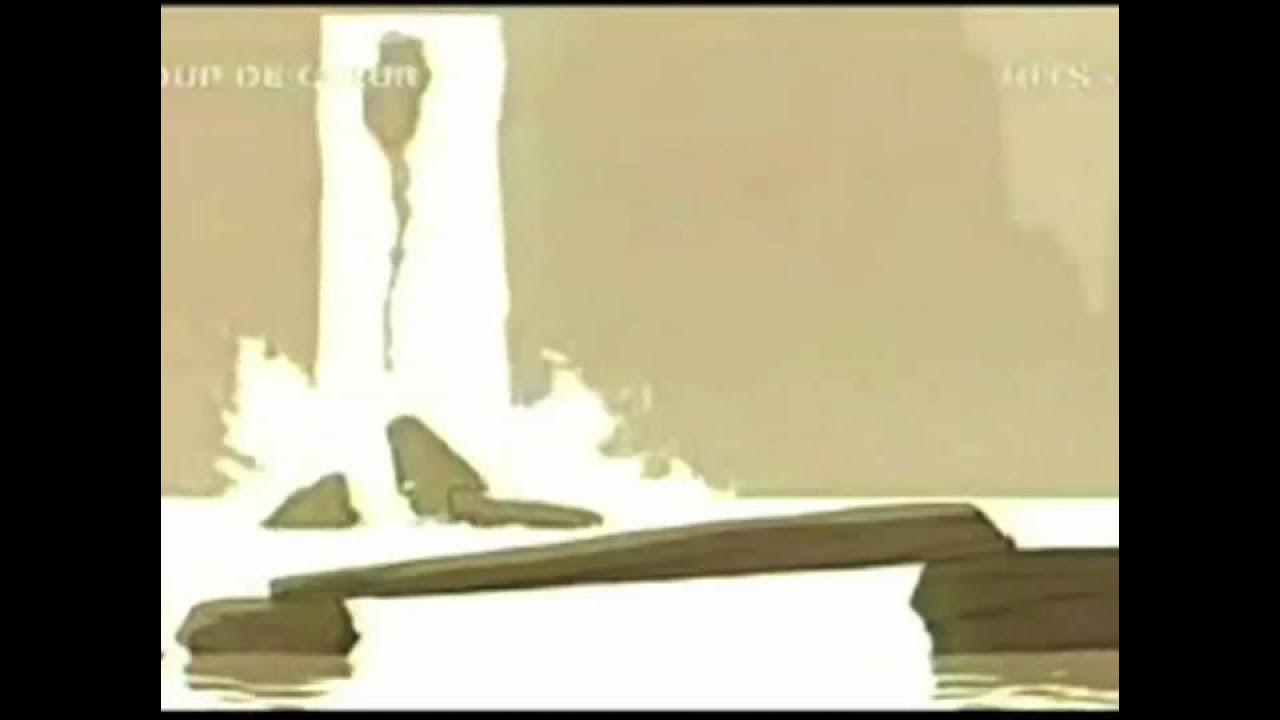How to Conclude a Presentation
Summary
TLDRIn this video, Michael from Lighthouse Communications shares a five-step formula for effectively concluding presentations. The steps include priming the audience for Q&A, summarizing key points, kick-starting Q&A with a common question, facilitating concise answers, and ending with a memorable final thought. This approach ensures clarity, audience engagement, and no awkward silences.
Takeaways
- 🎯 Start by priming the audience for a Q&A session to avoid abrupt endings.
- 🗣️ Clearly communicate to the audience that you will be asking for their questions.
- 📝 Provide a brief summary of your presentation to help the audience see the bigger picture.
- 🤔 Kick off the Q&A with a commonly asked question to jumpstart the discussion.
- 💡 Answer the common question yourself to engage the audience and encourage participation.
- 📢 Facilitate the Q&A by keeping your answers concise and focused on one idea.
- 🔍 Narrow down your answers to highlight a single thought or point.
- 🔚 End with a final thought that echoes an idea from the introduction or a relevant quote.
- 👏 Thank the audience and pause for applause before leaving the stage.
- 📧 Encourage audience interaction by inviting comments and questions in the video's comments section.
Q & A
What is the main purpose of the video?
-The main purpose of the video is to provide a five-step formula for effectively concluding presentations, ensuring clarity, conciseness, and audience engagement.
What is the first step in concluding a presentation according to Michael?
-The first step is to prime the audience for Q&A by giving them a heads up that you will be asking them questions, rather than concluding abruptly.
Why is it important to summarize the presentation before starting the Q&A session?
-Summarizing helps the audience see how all the information fits together, reinforcing their understanding of the presentation's key points.
What should be avoided when concluding a presentation?
-Avoid a hit-and-run conclusion where you abruptly end the presentation without giving the audience a chance to ask questions.
How can you kick off the Q&A session effectively?
-You can kick off the Q&A by asking yourself a commonly asked question and then answering it, which can stimulate audience participation.
What is a good strategy for answering questions during the Q&A session?
-Keep your answers concise, focusing on one main idea, to avoid boring the audience and to maintain their interest.
What should be the focus of your final thought in the presentation conclusion?
-The final thought should be an idea or a quote that represents the essence of the presentation, encouraging the audience to continue thinking about it after the presentation ends.
Why is it recommended to pause and wait for audience applause before leaving the stage?
-Pausing for applause acknowledges the audience's appreciation and gives them a moment to process the presentation before it ends.
How can audience participation be increased during the Q&A session?
-By priming the audience for Q&A and starting with a commonly asked question, you can encourage more audience members to participate and ask their own questions.
What is the significance of sharing a final thought at the end of a presentation?
-Sharing a final thought helps to leave a lasting impression on the audience, prompting them to reflect on the presentation's content even after it has concluded.
How can one ensure that their presentation conclusion is effective and engaging?
-By following the five-step formula provided in the video, which includes priming for Q&A, summarizing, kicking off Q&A, facilitating it, and sharing a final thought, one can ensure an effective and engaging conclusion.
Outlines

このセクションは有料ユーザー限定です。 アクセスするには、アップグレードをお願いします。
今すぐアップグレードMindmap

このセクションは有料ユーザー限定です。 アクセスするには、アップグレードをお願いします。
今すぐアップグレードKeywords

このセクションは有料ユーザー限定です。 アクセスするには、アップグレードをお願いします。
今すぐアップグレードHighlights

このセクションは有料ユーザー限定です。 アクセスするには、アップグレードをお願いします。
今すぐアップグレードTranscripts

このセクションは有料ユーザー限定です。 アクセスするには、アップグレードをお願いします。
今すぐアップグレード関連動画をさらに表示

How to Tell a Great Story: A 5-Step Formula

Presentasi yang Baik dan Menarik

BODY LANGUAGE FOR KILLER PRESENTATIONS! 🔥

How to Design an Effective Presentation

CHANNELED WISDOM! Bashar's Manifestation Formula - ATTRACT Anything Into YOUR LIFE | Darryl Anka

SaaS Sales Funnel - 5 Strategies To Selling SaaS (Software as a Service)
5.0 / 5 (0 votes)
